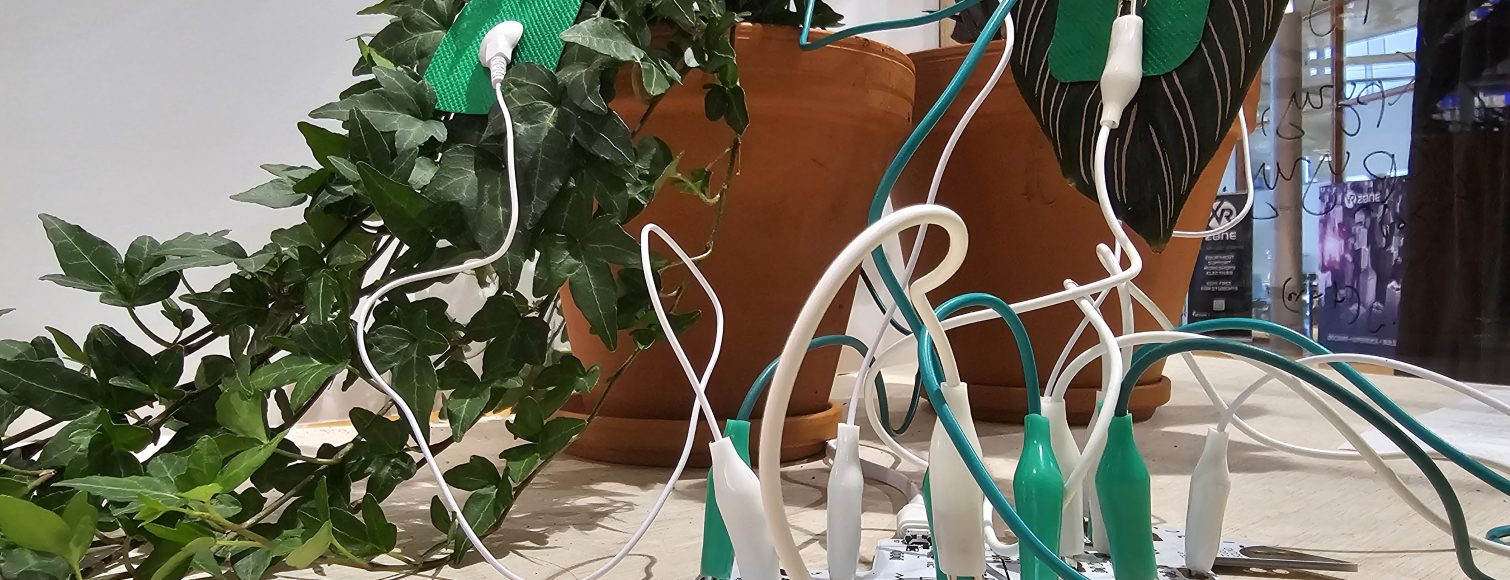Recently, I had to discard a plant that I had carried with me through many moves over the years. The plant only had one or two leaves remaining. It unexpectedly became an emotional moment. I wasn’t sure whether I should end the plant’s life before tossing it in the trash. Would it slowly die there, deprived of sunlight? On the other hand, how do you kill a plant?
Did the plant have a good life?
Our relationship with our houseplants is more ambiguous than we often realize. They’re not pets, but for many people, they are more than just decorations. Many talk to their plants, and they are genuinely good listeners—better than cats or dogs, who either show disinterest (cats) or demand attention themselves (dogs). Yet, they are ‘just’ plants—although there are frequent attempts to attribute various sensitive or even cognitive properties to them (consider, for instance, the long-popular yet scientifically debatable book, “The Secret Lives of Plants”), we shouldn’t exaggerate.
However, I still have doubts. As Yuval Harari writes in “Sapiens: A Brief History of Humankind,” the conventional belief is that humans domesticated grain. But there’s a strong argument to say that the reverse is just as true: grain forced humans to become sedentary. Does the same apply to houseplants? We think we’ve cultivated them to our liking, with beautiful flowers and large shiny leaves. But you could also argue that they manipulate us into taking care of them, even shedding a tear when we dispose of them.
Above all, we live with plants in a complex symbiosis. Every breath we take is made possible in part by plants. Plants (and trees) are the only beings that can directly convert sunlight into sugars, forming the basis of every food chain. Maybe we are more plant-like than we think, as philosopher Wouter Oudemans suggests in his book “Plantaardig.” Plants haven’t just made us sedentary, part of the cycle of growth and decay, but intelligence is more decentralized than we’ve long thought. Contemporary neuroscientists describe our brain as an “orchestra without a conductor.” While there’s growing evidence that the microbiome in our guts has a significant impact on our moods and behavior. Humans have no center—just as plants don’t. Plants can remind us that we are part of a larger ecosystem both inside and outside.
This is why plants are so suitable for acquainting us with what has disappeared from that ecosystem. Designer Letizia Artioli created an artwork for the Studium Generale program on climate grief that connects us with what has been lost through plant leaves. By touching the leaves and closing an electrical circuit with your fingers, you can hear field recordings of ecosystems that have disappeared in the last ten years through headphones. It’s moving to connect with what has died through a living entity, almost as if the plant is a kind of medium. And for that, we don’t have to attribute any special qualities to the plant. Just a bit of technology and an artistic perspective. Check it out in The Nook, in the library hall opposite the New Media Center.
Leon Heuts, head of Studium Generale TU Delft

